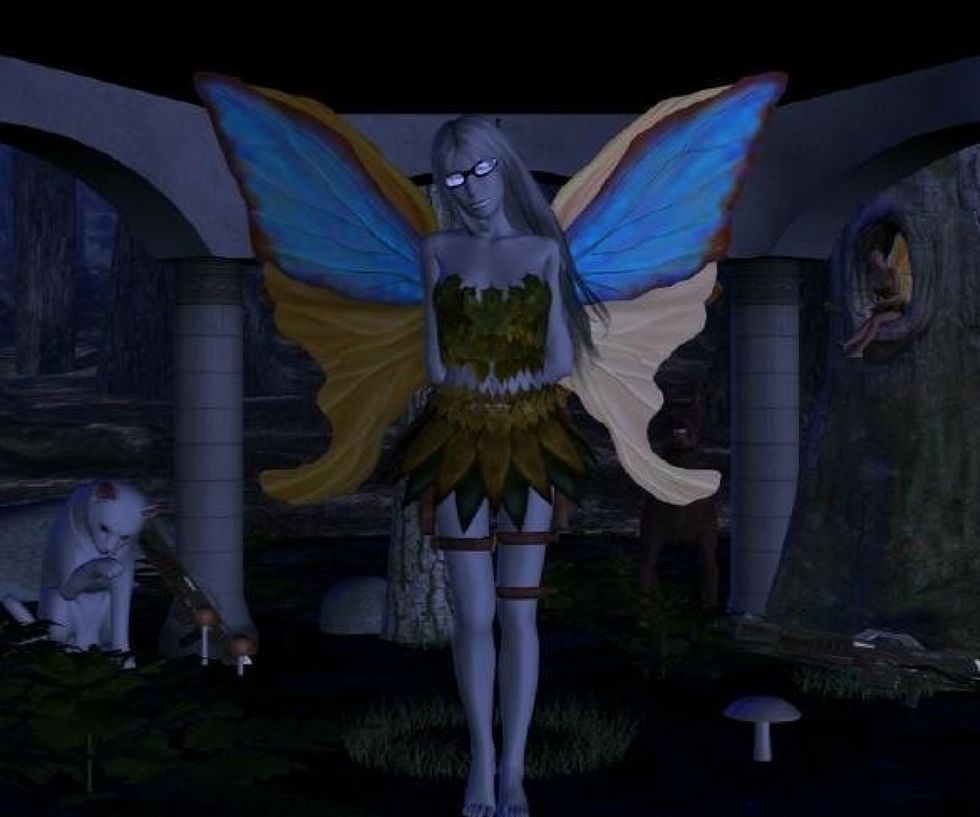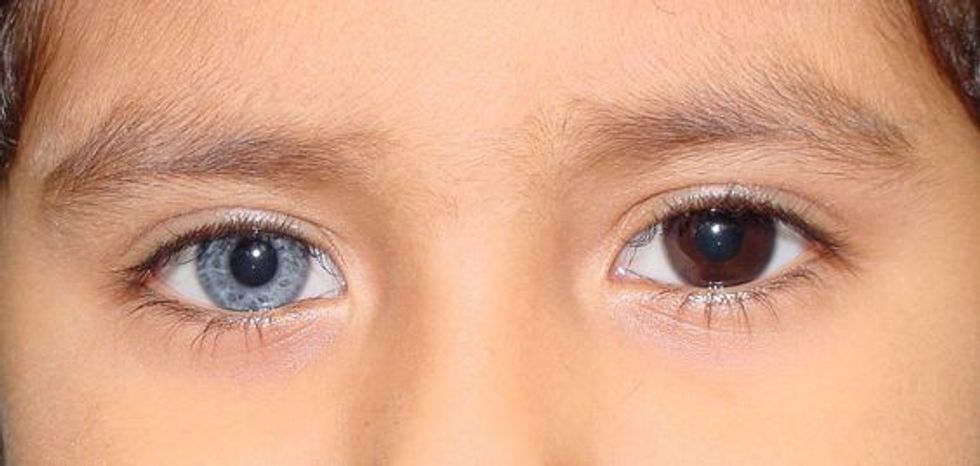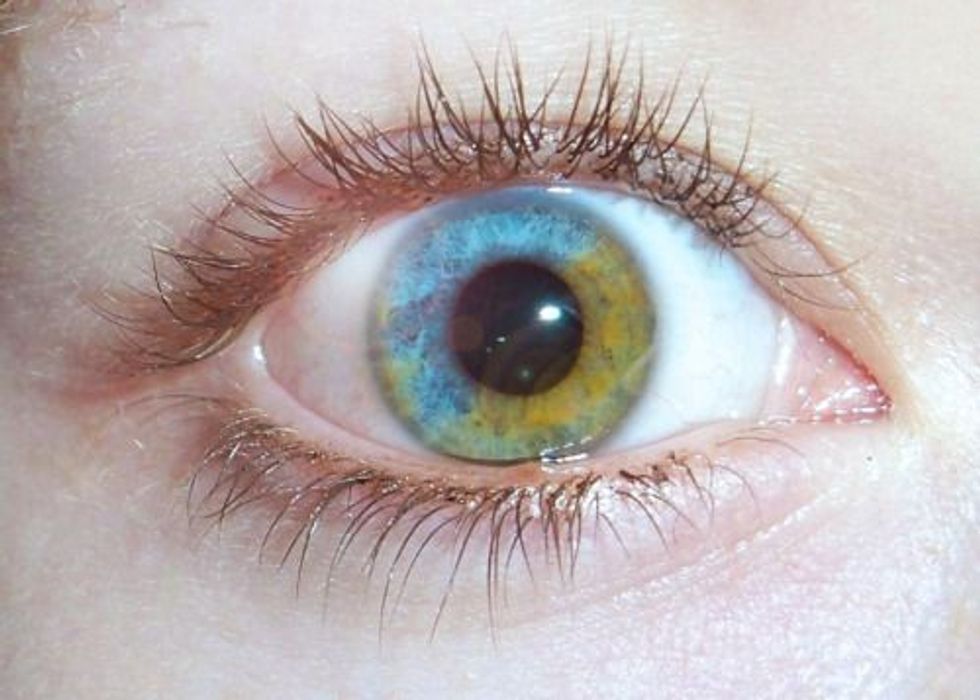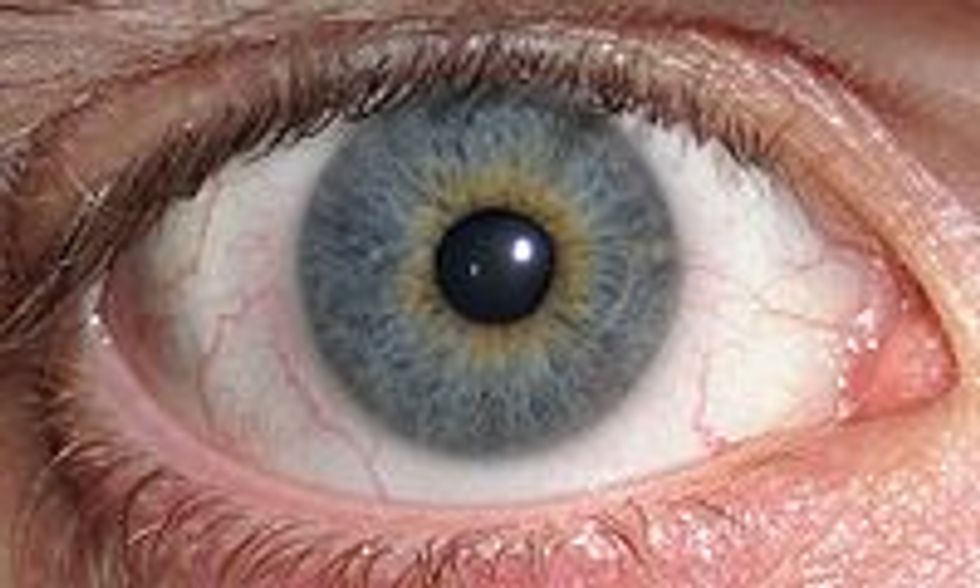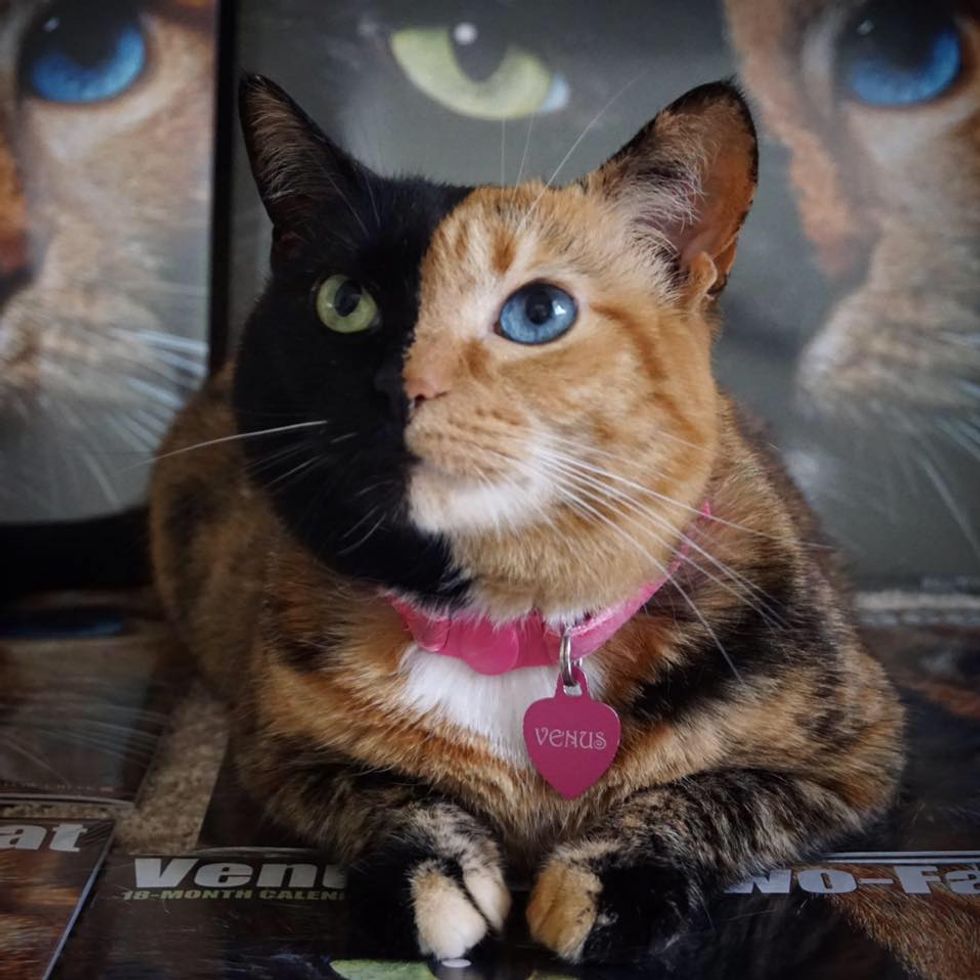There’s a slight cool breeze in the air, with a hint of a fragrance of rain. The birds are singing to the morning dew, and you feel alive, for you are on your way to the hospital. You arrived, and you’re rushed to the room. Your doctor is there with a smile on her face. Everything’s happening so fast, the pain the breathing. Then you hear it, the sound of crying. You’re anxious until the doctor comes over to notify you that tests need to be run, but it is nothing to be concerned about. You’re confused, but you don’t have time to be. A nurse lays the most beautiful creature into your arms; you stare down to look into your child’s eyes, then you notice. Your thoughts take you back to when grandmother spoke of fairies visiting newborn children who were born with an immeasurable amount of beauty. A fairy will stare into the child’s eyes, causing a mark. But, for those who were born with fairy-like beauty, for they are descended from fairies.
There are other myths of such eyes. Again, those with different eye colors may have brought back a piece of themselves from their past life, or they could be Seer or an Ascended Being. There are reports all the magical forums on the internet that those with a ring around their eyes have magical abilities. Those whose eyes change color many times, throughout the day, are called “witch’s eyes,” again, the child eyes may have been switched with a witch. Another rumor is that those with different colored eyes can see both heaven and hell, known as “ghost eyes.”
Such eyes have their own holiday. It's called Different Colored Eyes Day, which is on July 12th. We are celebrating the diversity of eye colors among us. While we are celebrating all the shades of brown, blue and green, let’s not forget the real reason for this day, Heterochromia.
Heterochromia is an eye condition where the set of eyes have two assorted colors; the condition also goes by Heterochromia iridis. Per Scientific American, eye color is due to pigmentation in the iris. Take those who have brown eyes; their eyes are rich in melanin deposits. Those with blues eyes lack melanin. Melanin is the dark color pigment we see occurring in our hair, skin, and eyes. Melanin is also the reason our skin tans when we expose it to the sun. There are two genes that control the eye color. The gene “EYCL3, found on chromosome 15, which codes for brown/blue eye color (BEY), and EYCL1, found on chromosome 19, which codes for green/blue eye color (GEY)” (Gross, 2011).
Per American Academy of Ophthalmology, the cause of heterochromia in babies, congenital heterochromia, could be a genetic trait or a symptom of a disease, such as Bloch-Sulzberger Syndrome; but in most cases, they do not develop problems with their eyes or any problems with the child’s health. With those that develop heterochromia later in life, acquired heterochromia, it could be due to an eye injury, eye surgery, medications, pigment or certain conditions such as Horner’s syndrome. The site mentions there are various kinds of heterochromia. Per National Center for Advancing Translational Sciences, heterochromia occurs sporadically.
Complete Heterochromia
Partial Heterochromia
Central Heterochromia
Humans are not the only ones that can get heterochromia. Animals can also have this eye condition. Venus
SnickersRabbitHow can you show your love? By educating yourself on the condition. By talking to your doctor, research reputable sites or talking with your friends who have heterochromia. You can also show your love by using #DifferentColoredEyeDay.



